Do Dark or Light Colors Hide Wall Imperfections

While everyone prefers smooth, flat, undamaged drywall, the reality is that most older homes (or homes with children) have a couple of dents and dings. The best solution for these imperfections is to lightly sand the surface, use drywall compound to fill the dents, and then sand the compound flat and smooth with a very fine grain sandpaper.
Even after using this technique, though, homeowners are frequently looking for ways to hide dents and dings in well-worn walls using paint. If that's you, here's a few suggestions from our own experience for the best way to cover up slight imperfections. (Note: all hiding techniques have limitations… it is much better to start with a smooth, clean wall).
Editors note: Many of you know that we're converting Fred's garage into the official OPC workshop, and it's given us the opportunity to add some new pictures to this post. Read on to see how paint selection can make a dramatic difference when concealing minor imperfections.
Use Textured Paint or a Pattern on the Wall
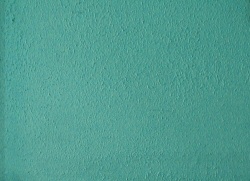 The human eye picks up on dents and defects due primarily to the different angle of light reflection on the surface. A dent distorts the plain of the wall, causing the light to bounce off in a way that the eye instantly identifies as an inconsistency. Textured paints and creative application techniques (like sponging a lighter color over a darker one) will greatly reduce the visibility of imperfections since it is harder for the eye to identify the peaks and valleys on the wall.
The human eye picks up on dents and defects due primarily to the different angle of light reflection on the surface. A dent distorts the plain of the wall, causing the light to bounce off in a way that the eye instantly identifies as an inconsistency. Textured paints and creative application techniques (like sponging a lighter color over a darker one) will greatly reduce the visibility of imperfections since it is harder for the eye to identify the peaks and valleys on the wall.
Paint with a Flat Finish Paint
Flat finishes reduce the amount of light reflected off the wall, thus reducing the visibility of dents and dings. Flat finishes also look bolder and classier than their glossier counterparts. Unfortunately, these paints tend to be harder to clean and require more frequent touch-ups. As a compromise, eggshell paints offer an easier-to-clean surface that still do a pretty good job of hiding defects.
Paint with a Dark(er) Color
In the same way flat finishes reduce dent visibility, darker paints also reflect less light than lighter paints, making them a better choice for hiding defects. The drawback: darker colors make a room look smaller, and can promote a dreary atmosphere when not sufficiently lit.
Final Thoughts & Pictures
Here are two examples showing how darker, low-sheen paints can hide defects.
The first two shots show a soffit in our home, one up-close and one from a distance. This soffit was repaired after a section of it was removed. From a distance, with Ralph Lauren eggshell, green paint, the imperfections are pretty invisible. Up close, though, it's still easy to see the flaws.
At a Distance:
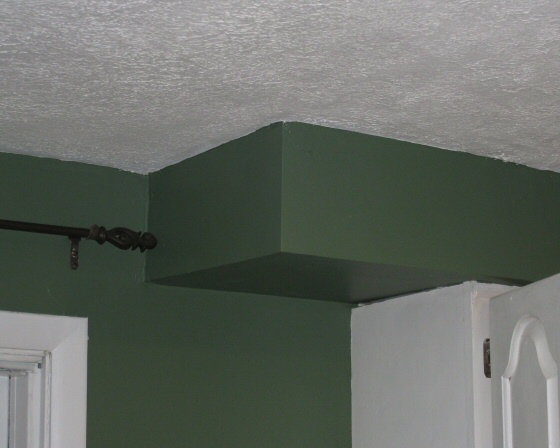
Up Close:
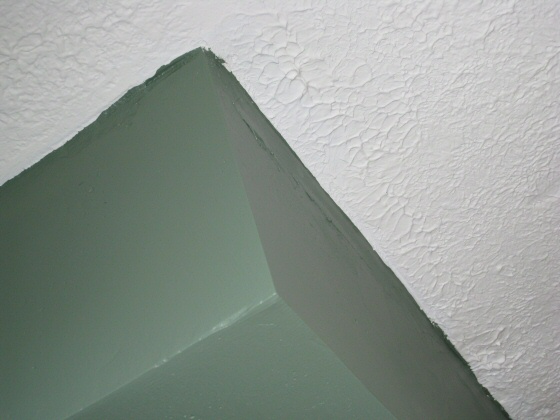
One challenge we've faced as we create the official OPC workshop is the poor condition of the ceiling drywall. When the drywall was installed, the joints were taped, however nothing was sanded and much of the tape has since ripped. The best course of action would be to re-tape the damaged areas and conceal the joints with a few layers of drywall compound. Instead we applied another layer of mud, sanded, primed and painted.
For this application we used Valspar flat, black paint.
After mudding:
If you're curious about that wire, it's for the garage door opener, and you can just barely see the attic access.
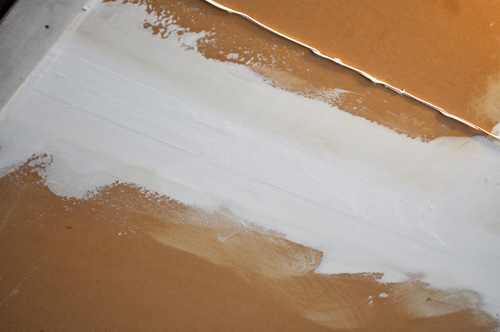
After priming:
Ideally you wouldn't be able to see any of the joints after a couple coats of primer.
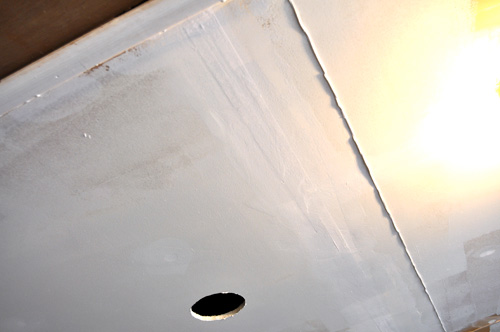
After painting:
The flaws are noticeable if you know where to look, and you're searching for them. Combined with recessed lighting, thevery imperfect drywall ceiling is completely disguised.
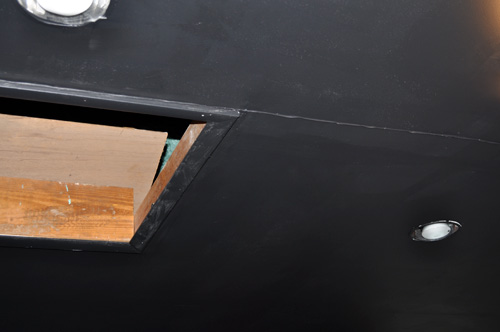
What do you think? What are your techniques for hiding drywall flaws? Weigh in below and let us know.
Textured Jade Image by Pareeerica.
Do Dark or Light Colors Hide Wall Imperfections
Source: https://www.oneprojectcloser.com/paint-to-hide-defects-dents-and-dings/